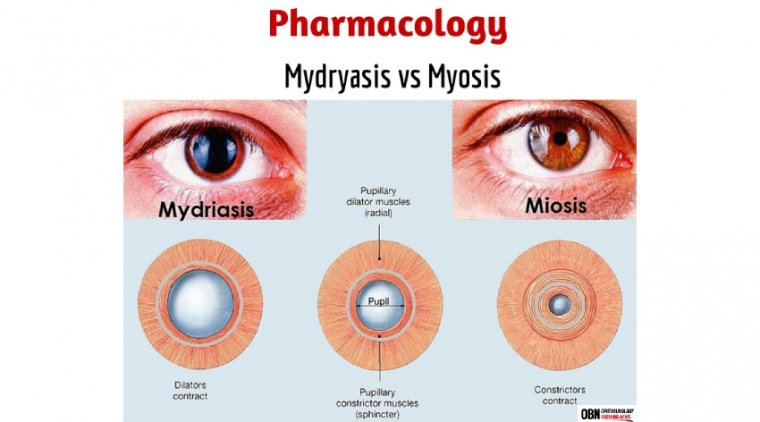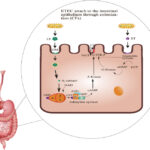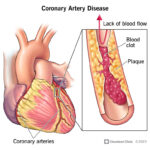Mydriasis, the abnormal dilation of the pupil, often results from the pharmacologic action of ophthalmic agents, particularly adrenergic agonists and anticholinergic compounds. These agents are commonly used in ophthalmology for diagnostic procedures, such as fundus examinations and intraocular pressure assessments. However, prolonged or unintended mydriasis may interfere with visual acuity, induce photophobia, or complicate ocular surgery and post-examination comfort.
Reversal of mydriasis requires an informed approach based on the causative agent’s mechanism of action and the availability of suitable pharmacological antagonists.

Mechanisms of Mydriasis Induced by Ophthalmic Agents
Adrenergic Agonist-Induced Mydriasis
Agents such as phenylephrine stimulate the α1-adrenergic receptors of the iris dilator muscle, causing contraction and subsequent pupil dilation.
Anticholinergic Agent-Induced Mydriasis
Drugs like tropicamide and atropine block muscarinic acetylcholine receptors (M3) in the iris sphincter muscle, preventing contraction and leading to dilation.
Pharmacologic Reversal Strategies
1. Dapiprazole – Adrenergic Antagonist
Mechanism:
Dapiprazole is a selective α1-adrenergic antagonist, counteracting the action of agents like phenylephrine by inhibiting iris dilator muscle contraction.
Efficacy:
- Rapidly induces miosis within 20–30 minutes post-application.
- Reduces photophobia and blurriness.
- Commonly available as 0.5% ophthalmic solution.
Dosage:
- Administer one drop in the affected eye.
- A second drop may be instilled after 5 minutes if needed.
2. Pilocarpine – Muscarinic Cholinergic Agonist
Mechanism:
Pilocarpine directly stimulates muscarinic receptors, promoting iris sphincter muscle contraction and pupil constriction.
Efficacy:
- Effective against anticholinergic-induced mydriasis.
- Onset of action typically within 10–30 minutes.
- Concentrations between 1% and 2% are commonly used for reversal.
Limitations:
- Ineffective if the anticholinergic blockade is complete (e.g., after atropine).
- May cause brow ache, accommodative spasm, or transient blurred vision.
Combination Therapies for Enhanced Reversal
When mydriasis results from a combination of adrenergic and anticholinergic agents, co-administration of dapiprazole and pilocarpine yields superior results. This dual-approach targets both receptor systems:
Clinical Guidelines and Considerations
Patient Selection:
- Evaluate baseline intraocular pressure.
- Rule out contraindications such as uveitis or narrow-angle glaucoma.
Monitoring:
- Post-application monitoring of pupillary response, visual acuity, and intraocular pressure is crucial.
- Repeated doses should be limited to avoid side effects.
Contraindications:
- Avoid dapiprazole in patients with hypersensitivity or compromised corneal integrity.
- Use pilocarpine cautiously in young children and those prone to retinal detachment.
Non-Pharmacologic Approaches
1. Wait-and-Watch Method
Allowing natural drug metabolism and clearance can resolve mydriasis over time, especially with short-acting agents like tropicamide.
2. Pupil-Constricting Lighting
Temporary symptomatic relief via ambient light control and tinted lenses may be recommended until pharmacologic effects wane.
Adverse Effects and Safety Profile
| Agent | Common Side Effects | Notes |
|---|---|---|
| Dapiprazole | Conjunctival hyperemia, burning | Generally well tolerated |
| Pilocarpine | Headache, reduced night vision | Use with caution in high myopes |
Summary of Drug Reversal Mechanisms
| Mydriasis Type | Common Agent | Reversal Drug | Mechanism |
|---|---|---|---|
| Adrenergic-Induced | Phenylephrine | Dapiprazole | α1 receptor blockade |
| Anticholinergic-Induced | Tropicamide | Pilocarpine | Muscarinic receptor stimulation |
| Mixed (Diagnostic Use) | Combo drops | Dapiprazole + Pilocarpine | Dual-pathway antagonism |
Timely and effective reversal of mydriasis caused by ophthalmic adrenergic or anticholinergic agents is essential for patient comfort and optimal vision restoration. Clinical evidence supports the use of dapiprazole and pilocarpine as the most reliable pharmacologic treatments. Accurate diagnosis of the causative agent, vigilant monitoring, and personalized care ensure the safest and most effective outcomes.

